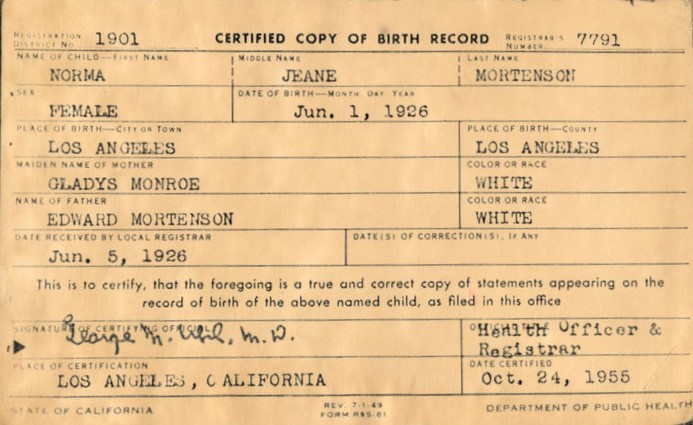
Are you considering exploring your Irish roots for the first time, or want to investigate your family history further but are unsure where to start?
Irish genealogy has somewhat of a reputation for being a disappointing and frustrating pastime for amateur family historians. Stories of people hitting the dreaded brick wall, and that all the records were lost in the 1922 Four Courts fire in Dublin. Indeed many records, but not all, were lost. Some of the lost records include the original returns of the 1831 census and pre 1858 wills (although the indexes are still available). The 1861 to 1891 census returns were destroyed by Government Order.A few lucky families are included amongst the pedigrees and associated genealogies published in books such as Burke's Irish Landed Gentry and Irish Family Records, O'Hart's Irish Pedigrees, or Howard and Crisp's Visitation of Ireland. These are available in most libraries.In order to identify, and make best use of the many and varied Irish repositories and records that do exist, it is useful to have an understanding of the history of the region along with some basic geographical historic facts.In 1801 the 32 Counties of Ireland were formally integrated into the United Kingdom. The 32 Counties split in 1922 when the 26 Counties in the South of Ireland separated from the six Northern Counties to form the Irish Free State governed from Dublin. The name was then changed in 1937 to Eire and again in 1949 to the Republic of Ireland.The 6 Counties in the North i.e. Antrim, Armagh, Down, Fermanagh, Londonderry and Tyrone remained a part of the UK and are known as Northern Ireland. The Province of Ulster consists of 9 Counties, the six counties in Northern Ireland plus Cavan, Monaghan and Donegall which are in the Republic of Ireland. The other three Provinces of Ireland are wholly located in the Republic of Ireland and are Leinster, Connacht and Munster.If you are searching for ancestors anywhere in Ireland the two most valuable geographical references you can begin with are the Townland and the Civil Parish that your ancestor hailed from. The Townland is a unique feature of the Irish landscape. Its origin is believed to be Gaelic and pre-dates the Norman Invasion of Ireland in 1169. Most Townlands have names of that derive from Irish Gaelic origin. However, some Townland names are a result of Norman Manors, plantation divisions and Ordnance Survey. The Townland is (generally) the smallest administrative division of land, although a few large townlands are further divided into hundreds. They are not uniform in size, varying from less than one acre up to several thousand acres.Before you begin your search in Ireland, as far as is reasonably practicable, ensure that you have exhausted all avenues of research in your ancestor’s adopted country to find out in which Townland and Civil Parish your ancestor lived. Try to establish as many dates (both known and calculated) of birth, marriage and departure from Ireland. Catholic Parish boundaries differ somewhat from Church of Ireland Parishes. The latter generally, but not always, have the same boundaries as the Civil (administrative) Parish.If you are unable to establish where your direct line originated from, and they left Ireland several generations ago, look at the wider connections in your family. It only takes one member of an extended family to be meticulous in their record keeping. Records such as marriage, death, obituaries, headstones, probate, immigration, naturalisation, and census records along with financial, land, and occupational records including apprenticeships, professional or trade registration and passport applications can all be beneficial in tracking the information you require. Do not forget to talk to the older members of your extended family, often they can be repositories of vital clues. Check old family letters and the back of pictures for information, locations and names. Even envelopes with return addresses on the back can provide vital information especially if your ancestors kept contact with family members back in the homeland.If you are still unable to determine where they came from at this stage, it may be worth looking at the migration patterns for the area in which your ancestors first settled after leaving Ireland. Historically migration has tended to be in one of two distinct groups; Group Migration and Chain Migration.Group Migration is where a significant number of people migrate together, often from the same extended families and the same geographical location. Researching some of your neighbours’ genealogy can provide useful leads. Searching groups of name patterns in Ireland can provide additional clues as to where your ancestors may have lived.Chain Migration starts with one member of a family who is then followed by successive siblings, extended family members such as nieces, nephews, and cousins. Looking carefully where and when successive emigrating generations originated from can also provide clues. Did your ancestor sponsor a new arrival? Did someone sponsor your ancestor?When you have established a time frame and a location then you are ready to start your research of documents and repositories in Ireland.Click here to read the other posts in this series on Genealogy in Ireland:Part 2 - Organization of Parish Records in IrelandPart 3 - Researching your Irish Methodist RootsPart 4 - Civil Registration of Births, Marriages and Deaths in IrelandPart 5 - Getting the Most out of the 1901 and 1911 Census of IrelandPart 6 - 10 Tips for Your Irish Family History HolidayClick here to receive help from an expert with your Irish genealogy research.




